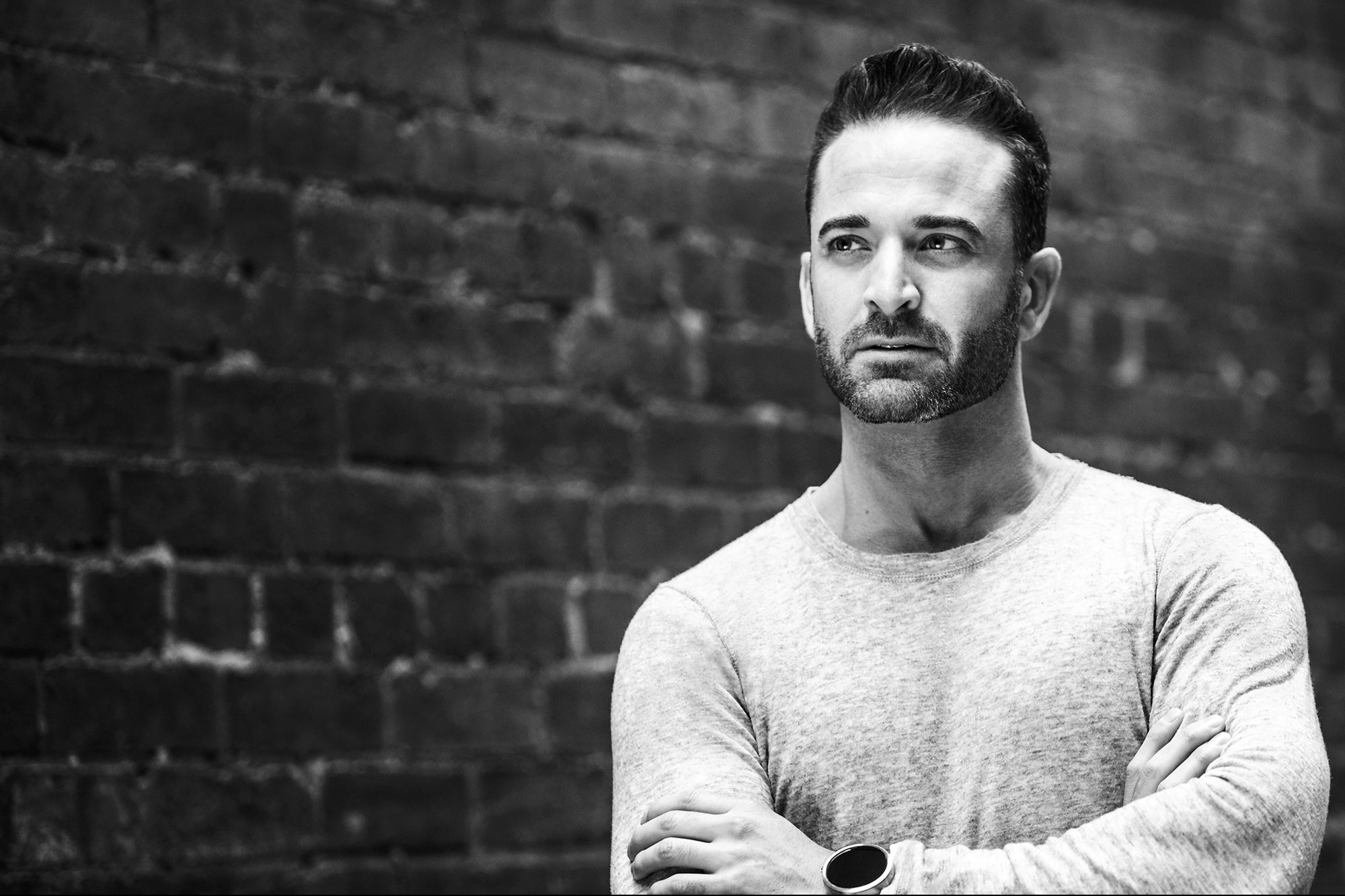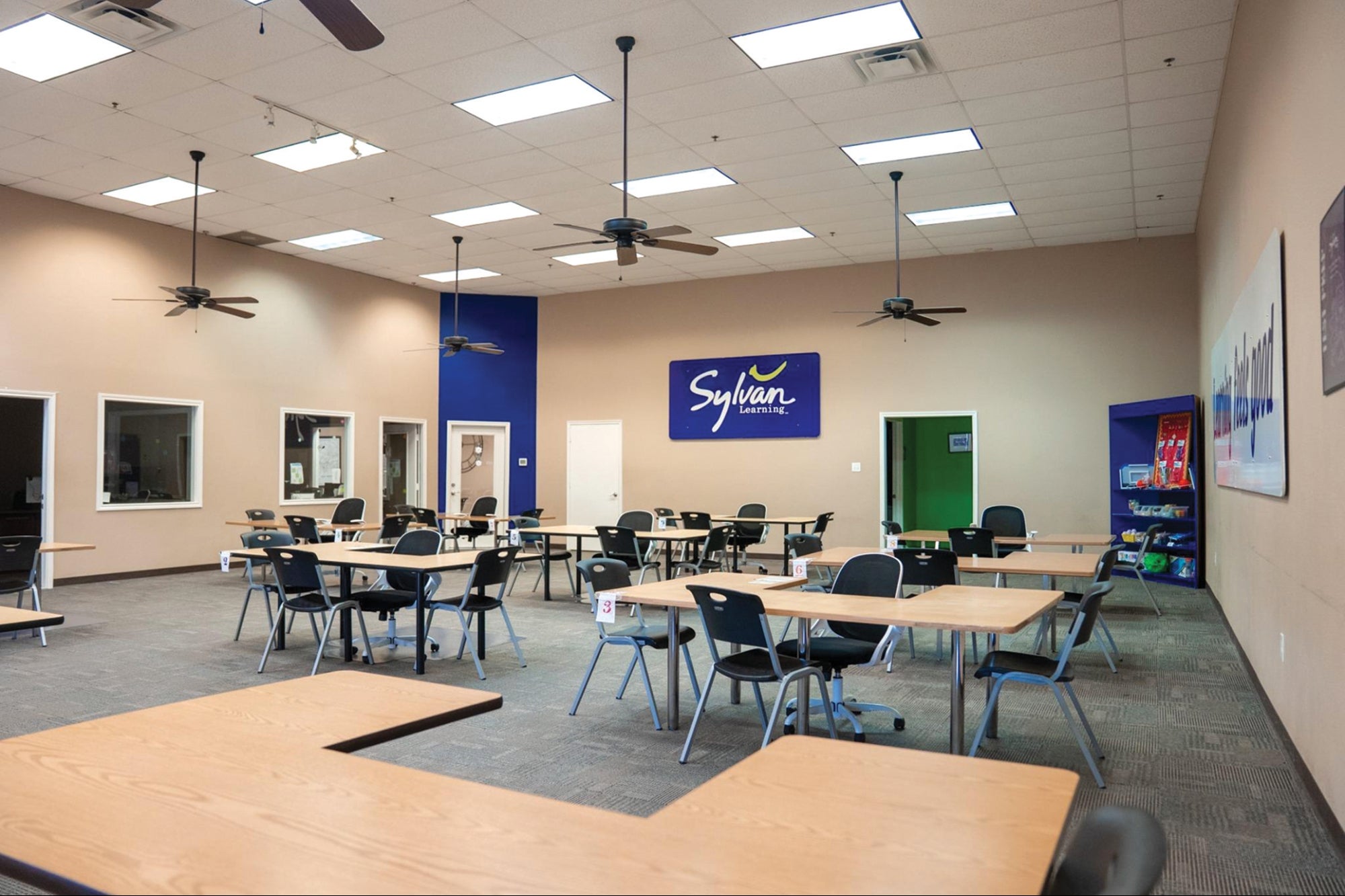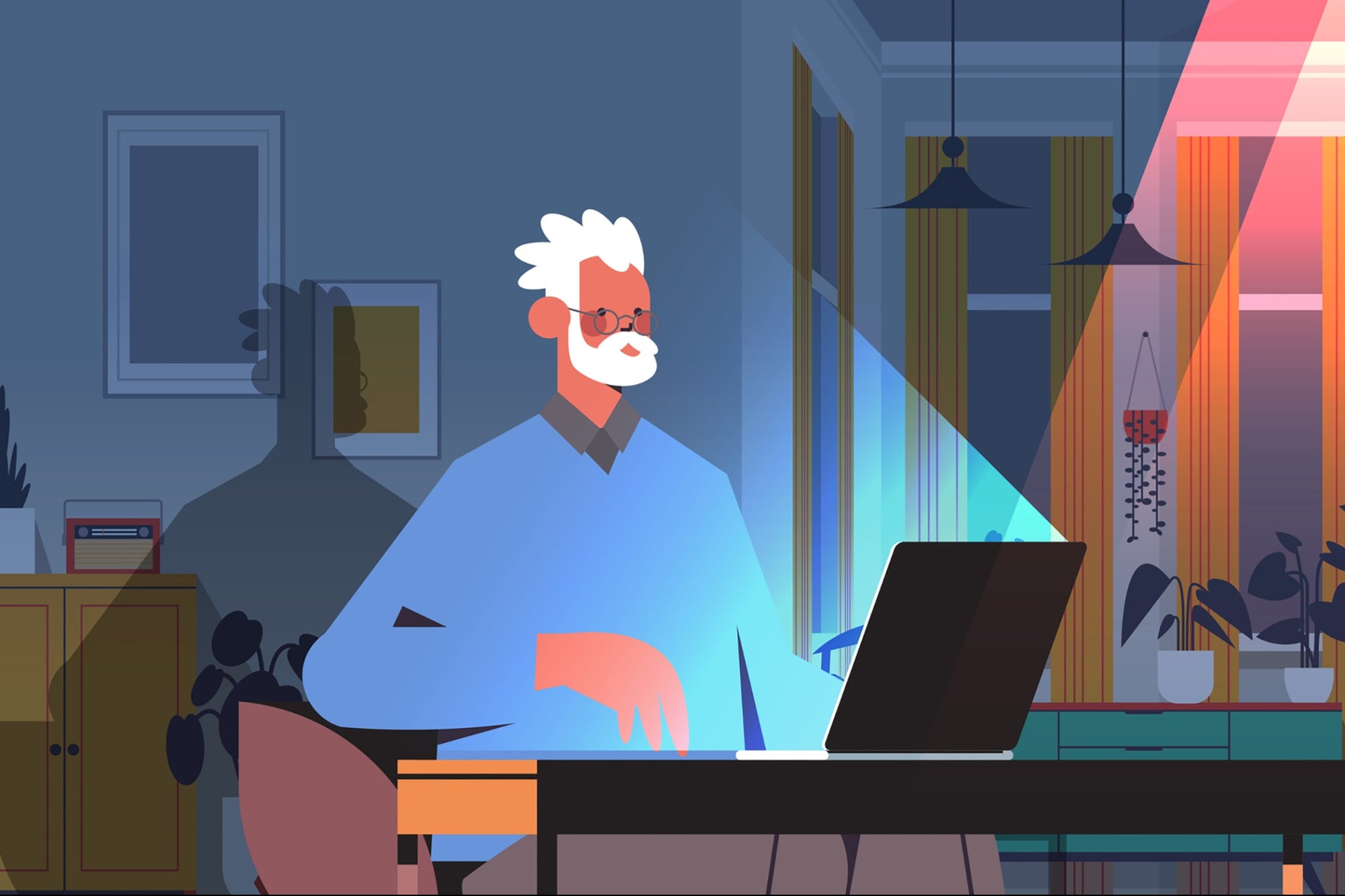Understanding the Math Behind Discounts: Are They the Right Choice for You? Discounts sound good. But consider: Discounting strategy has its pros and cons.
By Doug and Polly White Edited by Dan Bova
Opinions expressed by BIZ Experiences contributors are their own.

We have several clients who use discounting price as a way to attract and retain customers and/or to make a particular product or service more attractive in order to sell more. For instance, a client in the HVAC business discounts the cost of service calls if a customer signs up for his preventive maintenance service. An advertising client of ours discounts services if a customer accepts a retainer contract.
Related: The Danger of Frequent and Predictable Discounts
And one of our property management clients gives a discount to owners of multiple buildings as an incentive to stay with the firm.
Such strategies sound good, but discounting strategy overall has its pros and cons. Before you determine if discounting price is right for your business, you should understand the impact it will have on your bottom line: So, do the math. Start by examining the effect of reducing price on a single product of yours and then expand your thinking to the effect on your entire business.
One reason you might reduce the price on an item is your hope of selling enough additional units to offset the margin you lose because of the lower price. It would be helpful to know the number of additional units you would have to sell to break even. The breakeven point occurs when the additional money you make because you've sold more units exactly offsets the money you've lost because of the lower price.
Consider:
Money lost because of lower price = money made through additional sales
Units sold (old) x (price (old) – price (discount)) = B/E additional units x (price (discount) – COGS)
where,
Units sold (old) = the number of units you would have sold had you not reduced the price
B/E additional units = the additional units above units sold (old) you need to sell to break even
Price (old) = the original price of the item (> price (discount))
Price (discount) = the price after the discount (typically > COGS)
COGS = what you pay per unit to buy the item and get it on the shelf
Therefore,
B/E additional units = units sold (old) x (price (old) – price (discount)) / (price (discount) – COGS)
Any units sold above the breakeven volume will generate incremental profit. The formula for calculating the benefit of discounting the product is:
Benefit = [units sold (discount) x (price (discount) – COGS)] – [units sold (old) x (price (old) – price (discount))]
where,
Benefit = the total dollar benefit you receive from discounting
Units sold (discount) = the number of units sold at the discounted price
Related: How discounting will lead to the doom of online retail
Obviously, if you run the discount, you won't know with certainty how many units you would have sold had you held the price constant. However, based on prior experience, you can estimate. This will give you a sense of the benefit you will receive from the increase in sales of this item alone.
However, there is another potential benefit to discounting. Particularly if it's advertised, the discounting may result in more people coming to your store or new clients using your service. If the people who buy your product or use your service would not have otherwise, then buy products or services other than the discounted product or service, you will make incremental money on those sales as well. Estimate the benefit of incremental customers in the following way:
Benefit = # Inc customer x (1 – percentage of disc buyers) x (average ticket – disc price) x average margin percentage
where,
Benefit = the benefit in dollars of the incremental people that come into your shop
# Inc customer = the number of incremental customers due to discounted items
Percentage of disc buyers = the percentage of the incremental customers that buy only the discounted item
Average ticket = the average amount purchased by a customer coming into your shop
Disc price = the price of the discounted item (the benefit of this purchase is included above)
Average margin percentage = the average gross margin dollars you make on a sale as a percent of the sale price
Related: Why You Should Drop the Client Who Demands You Drop Your Fee
In sum, it is difficult to know with certainty that offering a discount will increase your profit. However, utilizing the equations above will help you get a better sense of whether or not discounting is a good idea.











